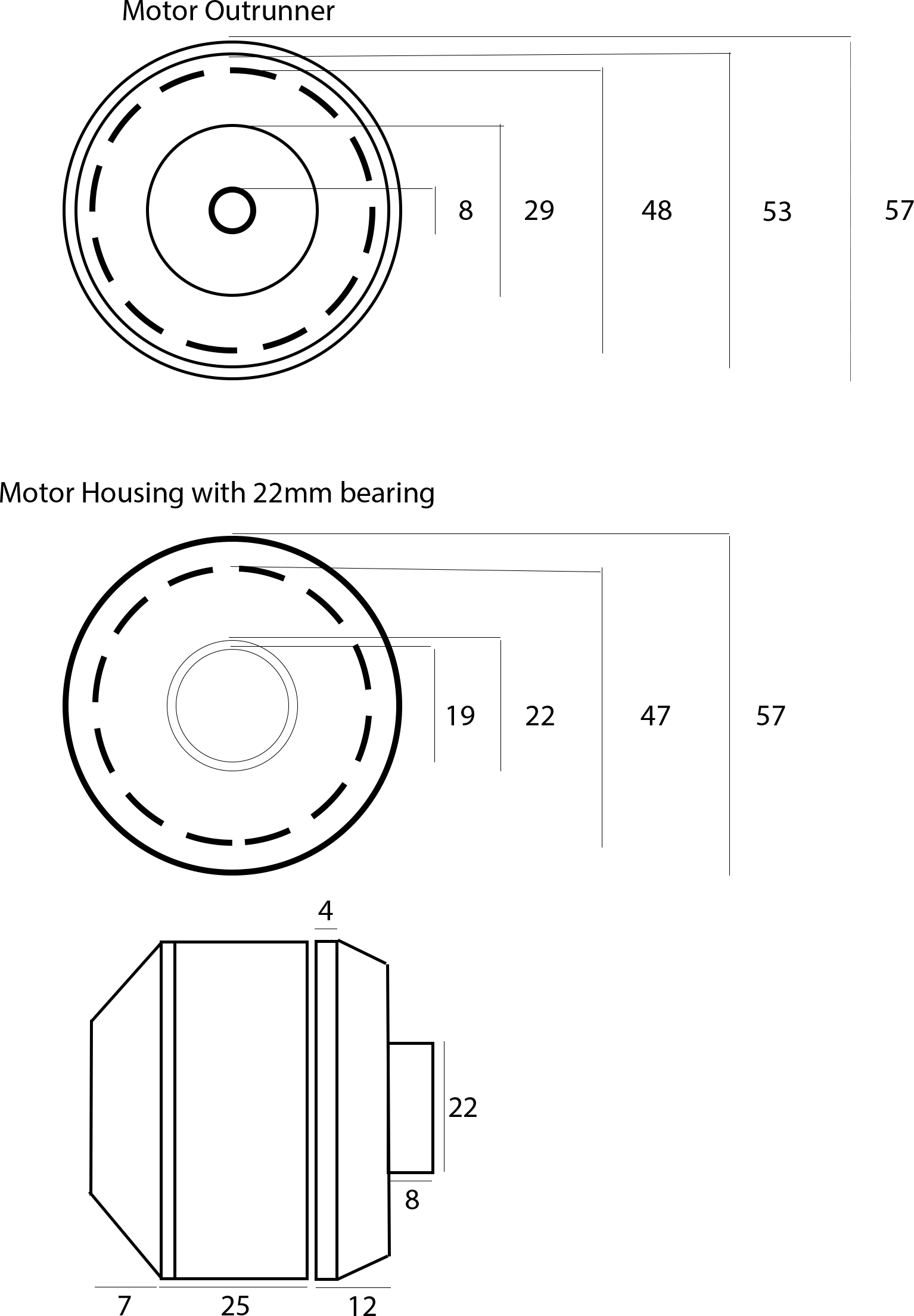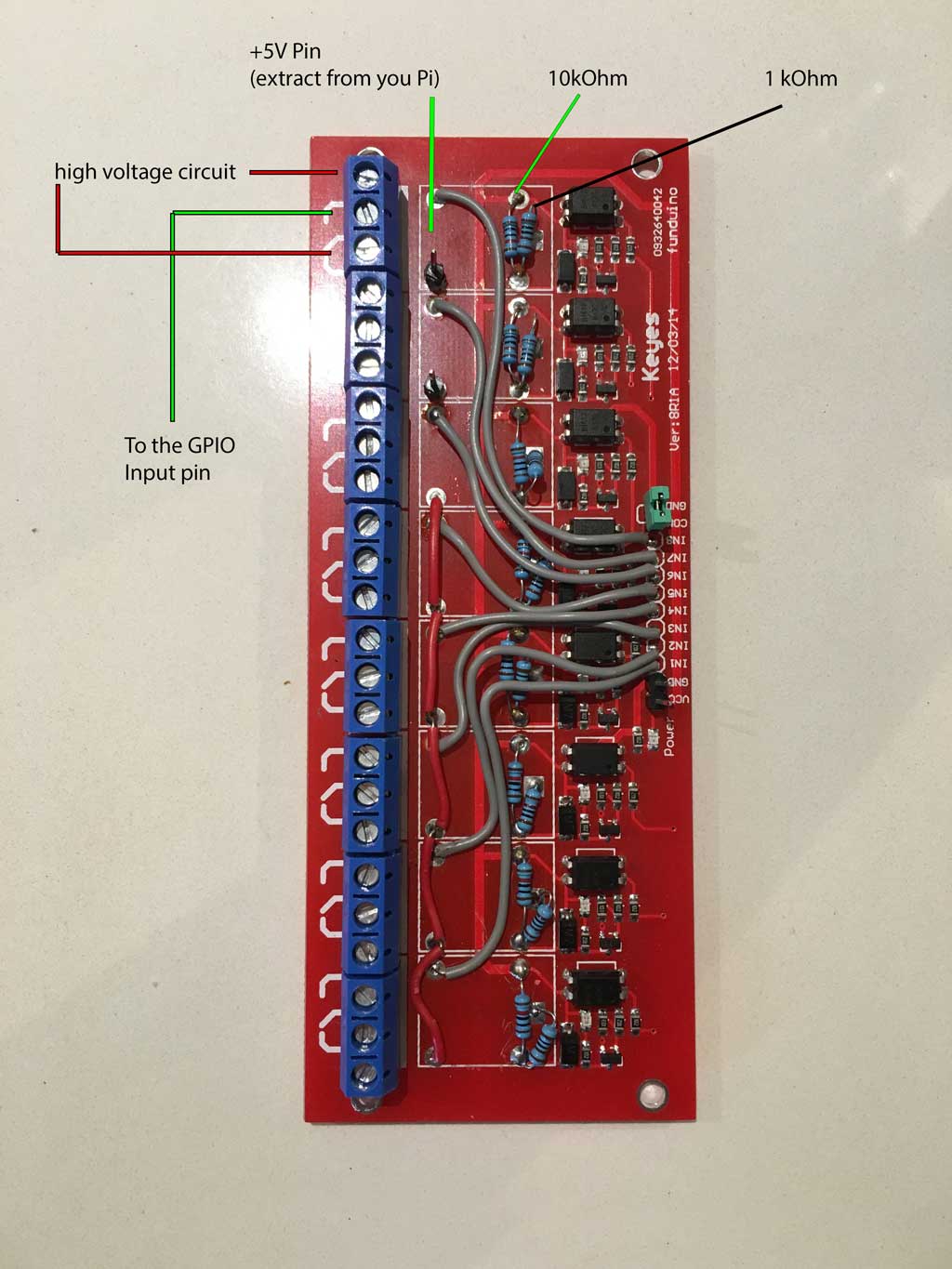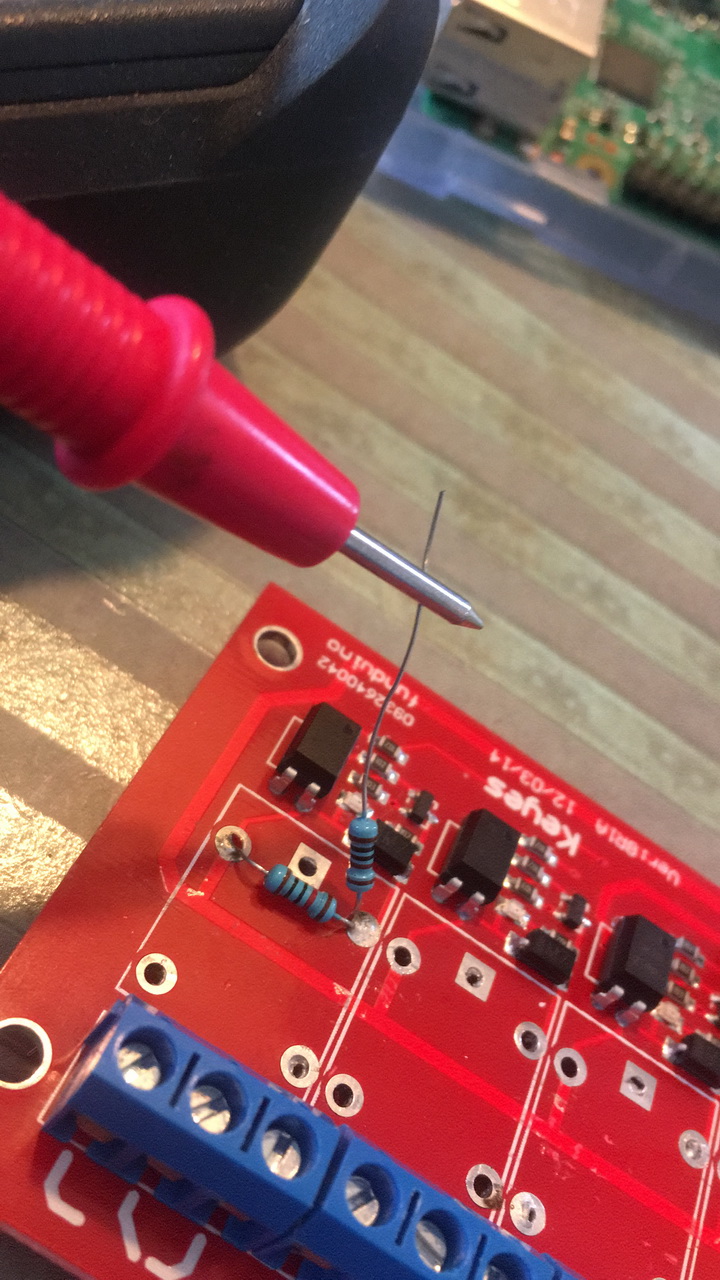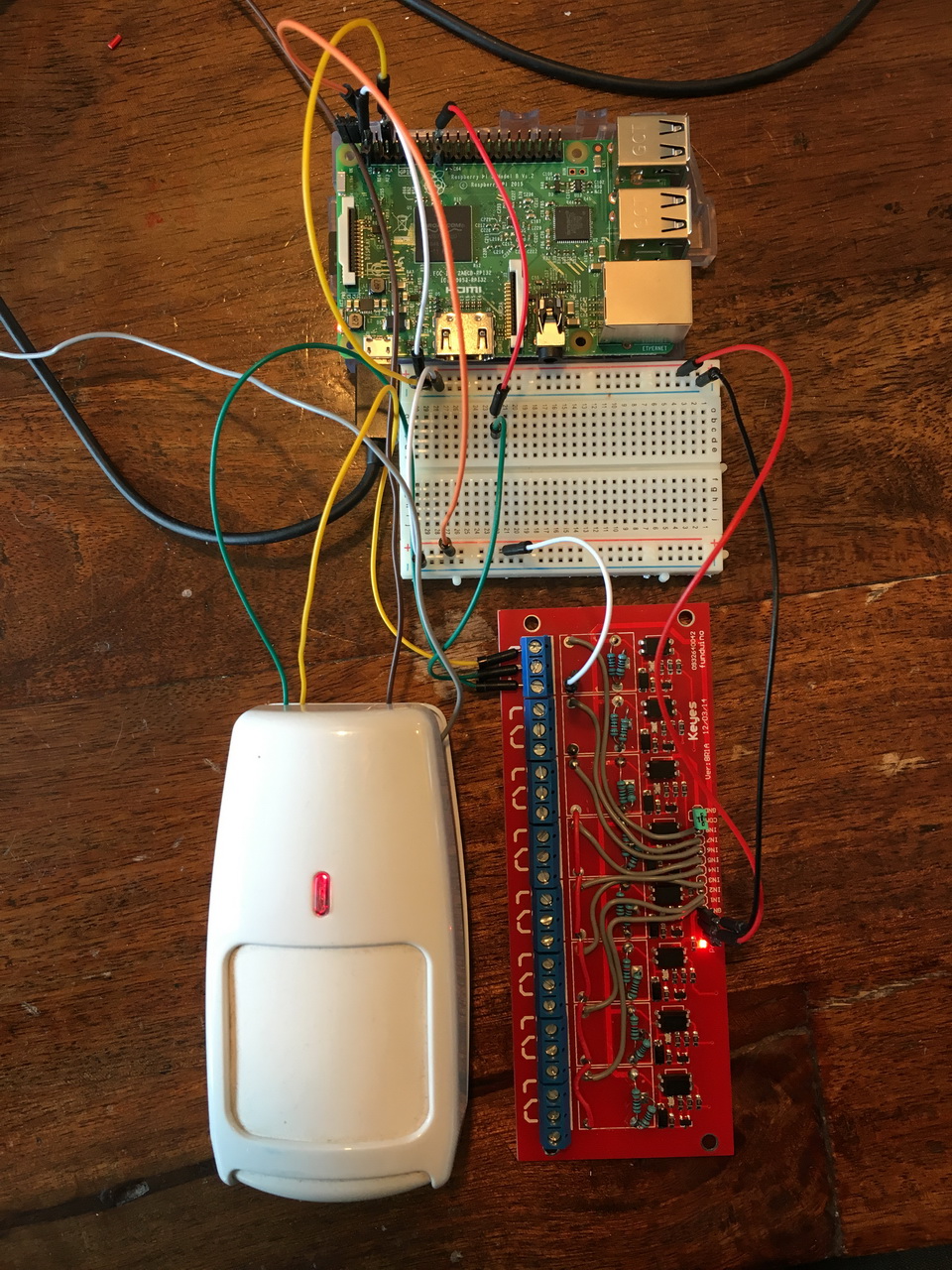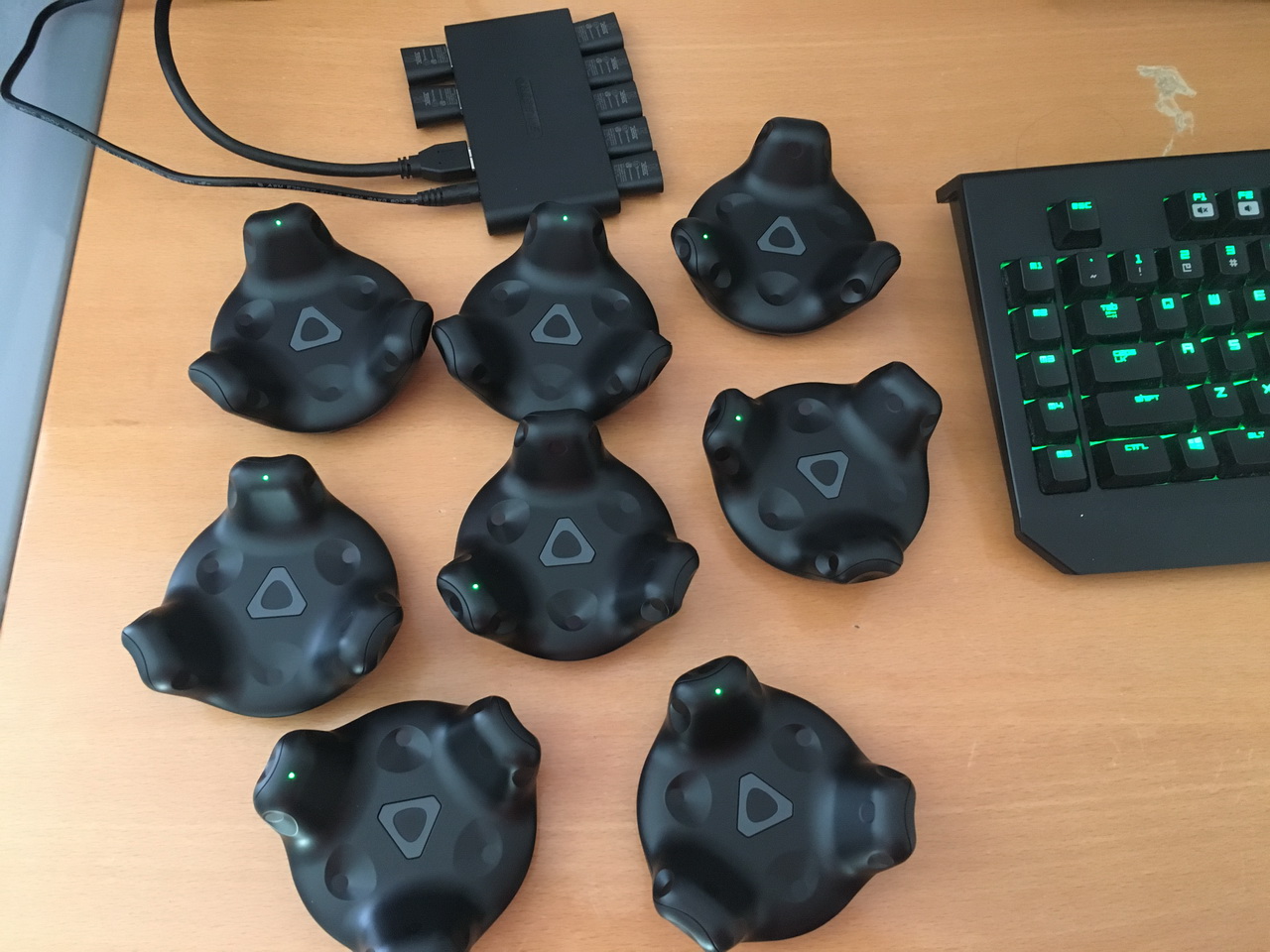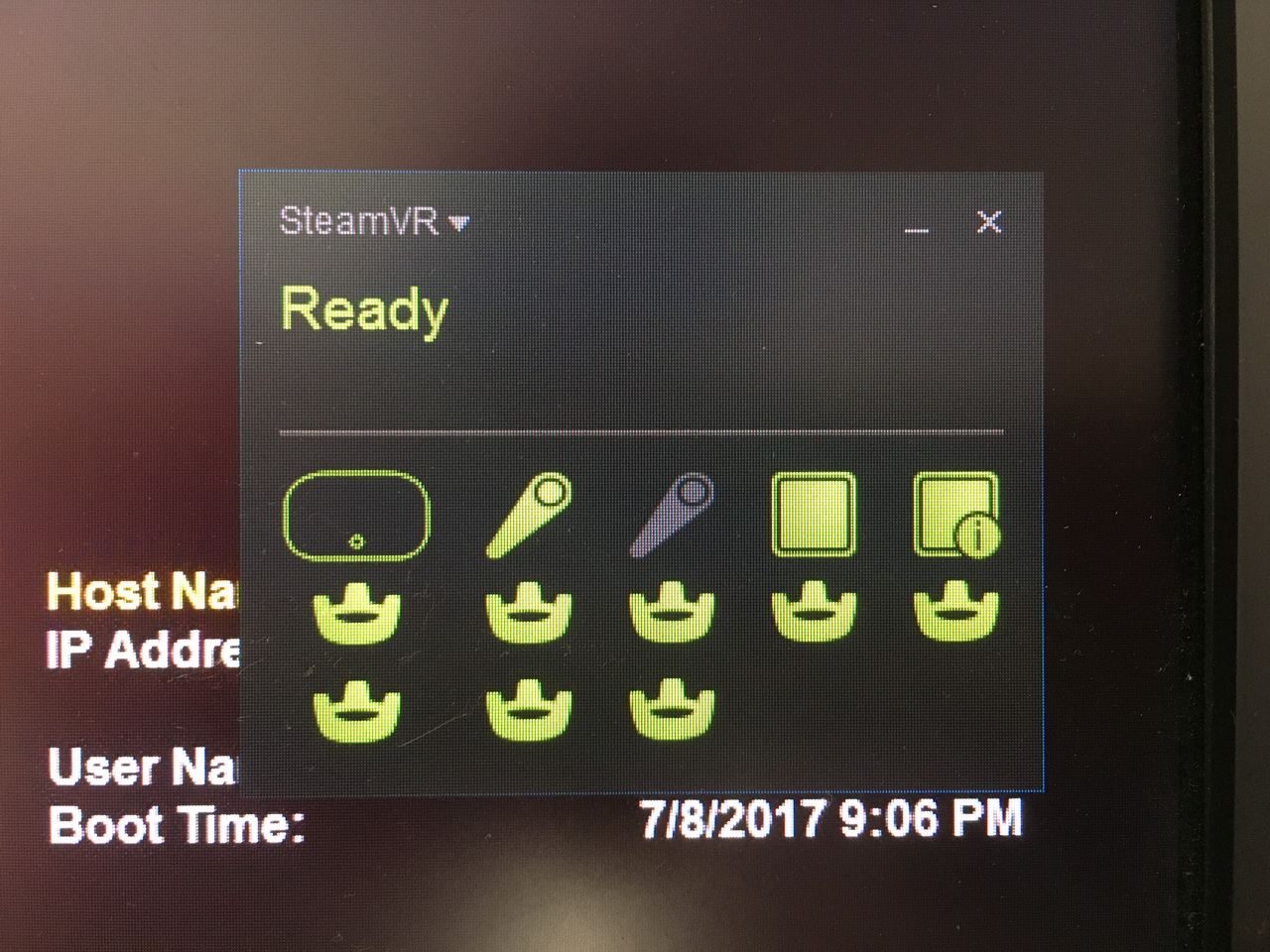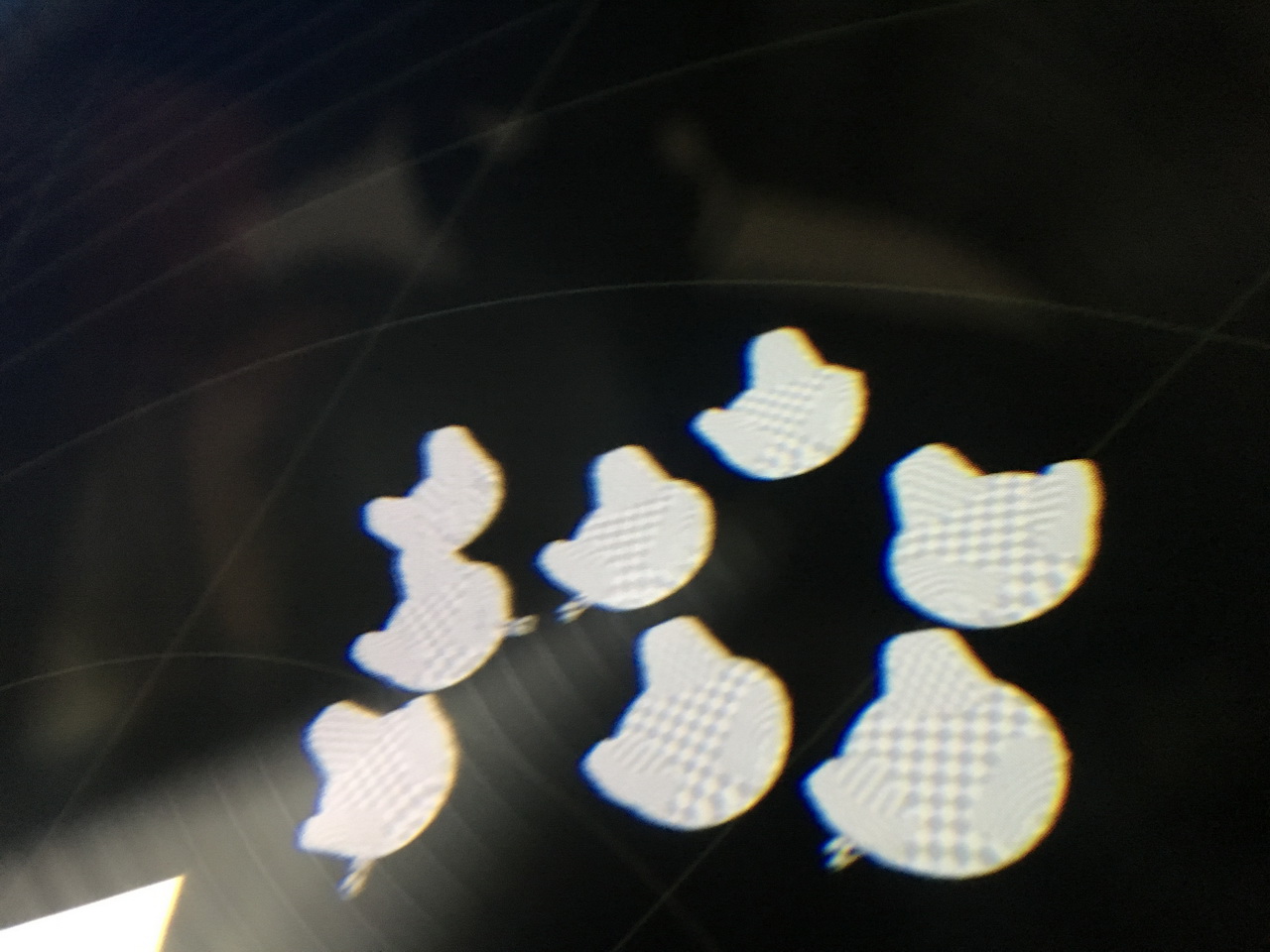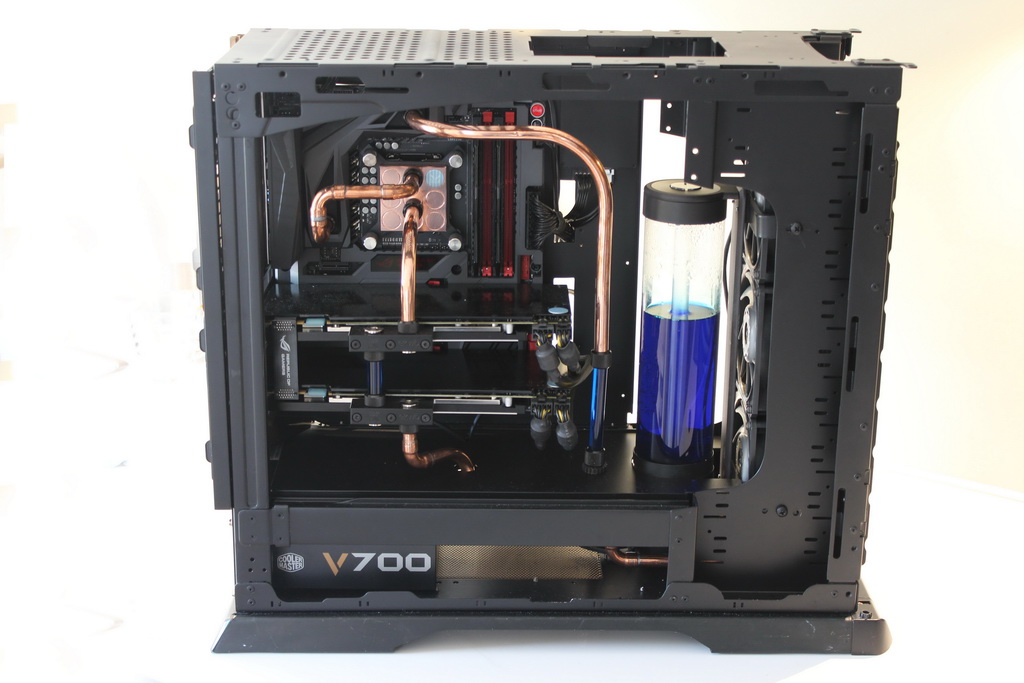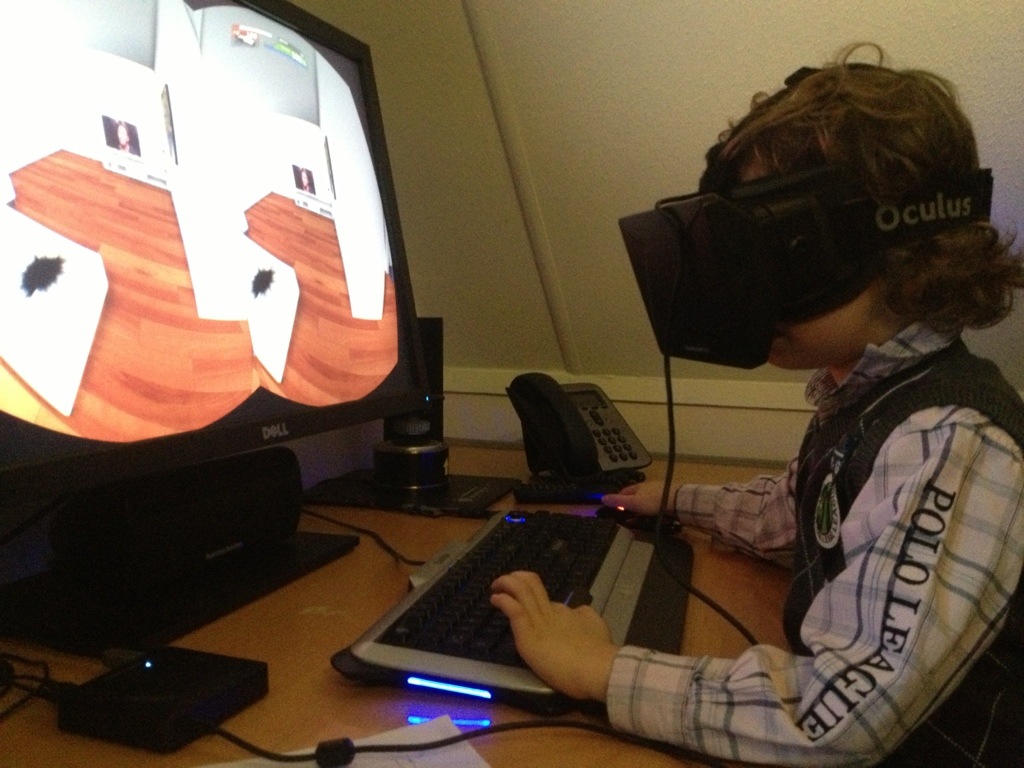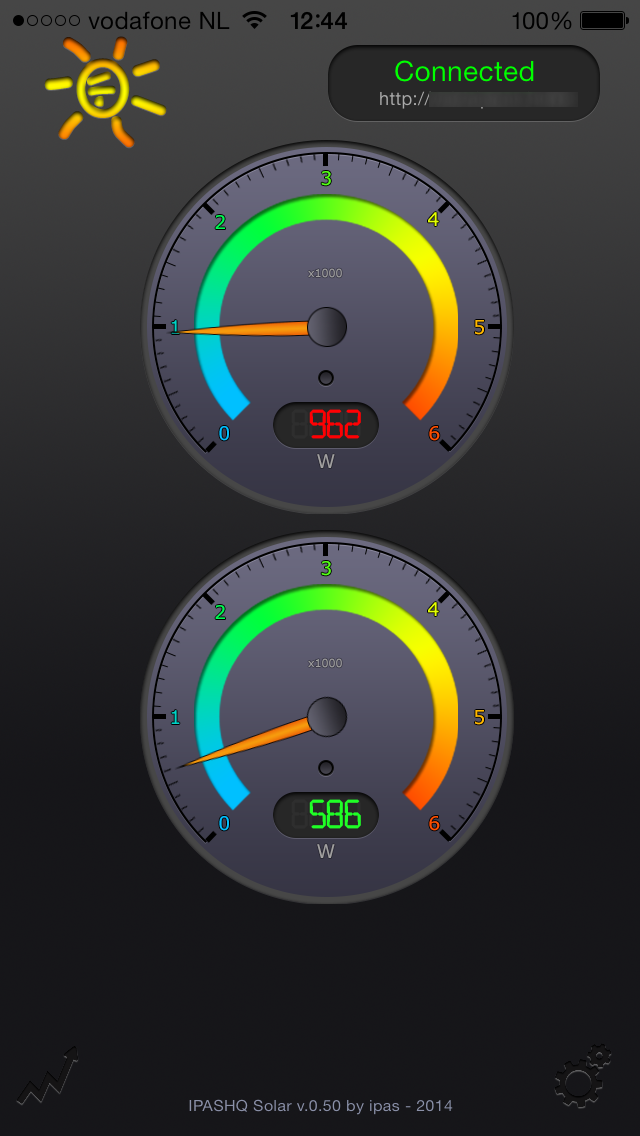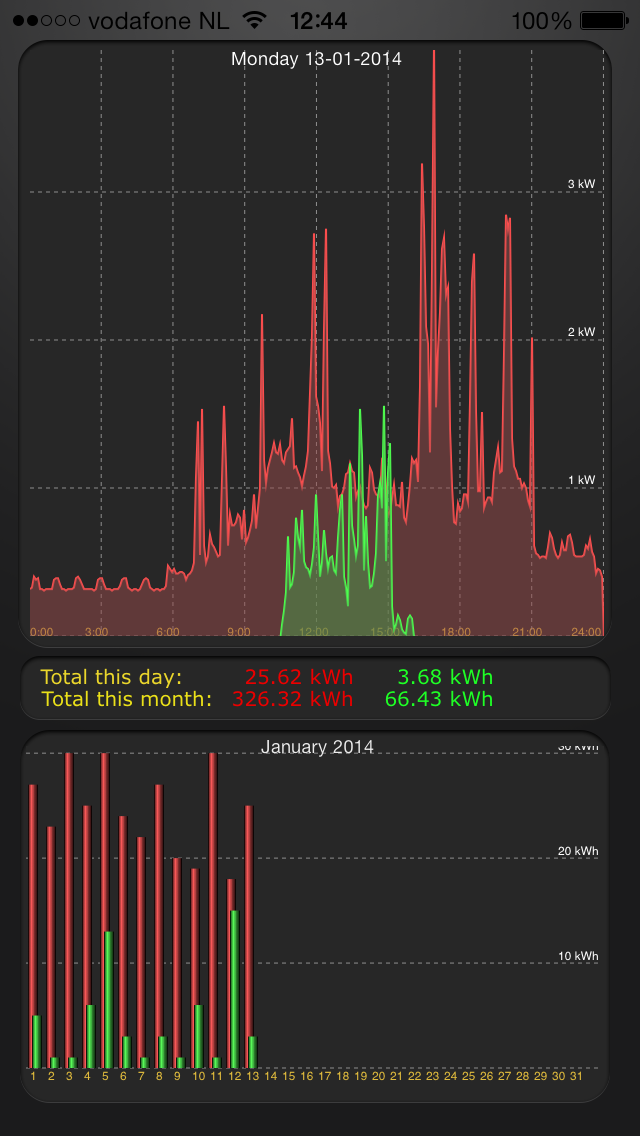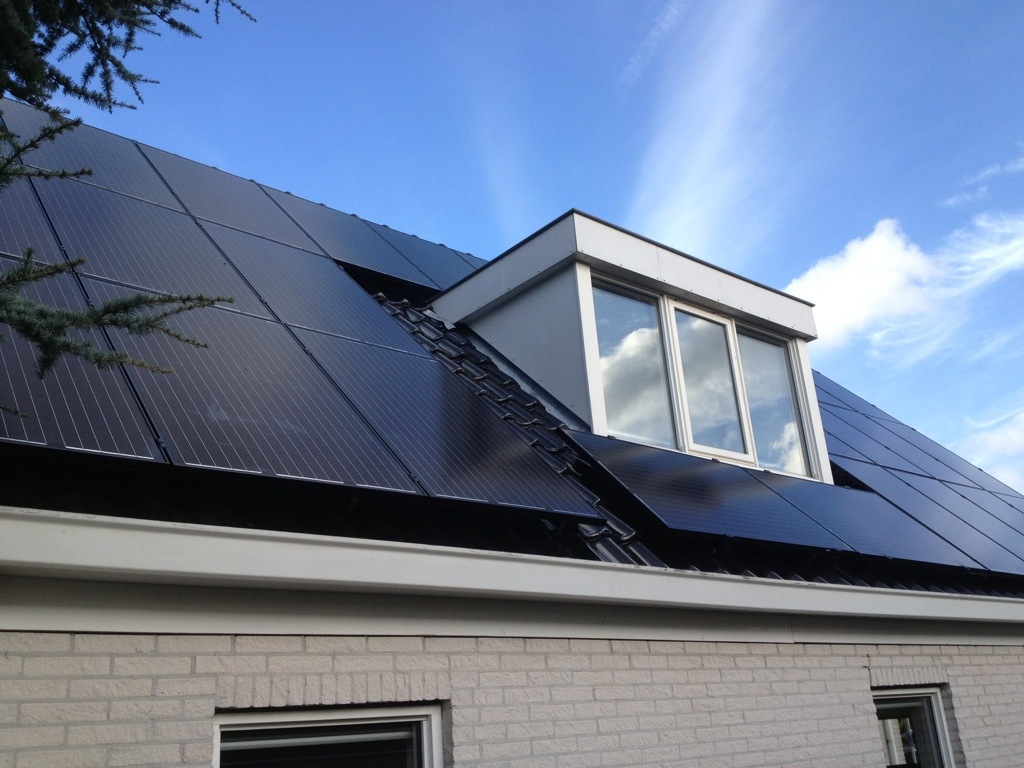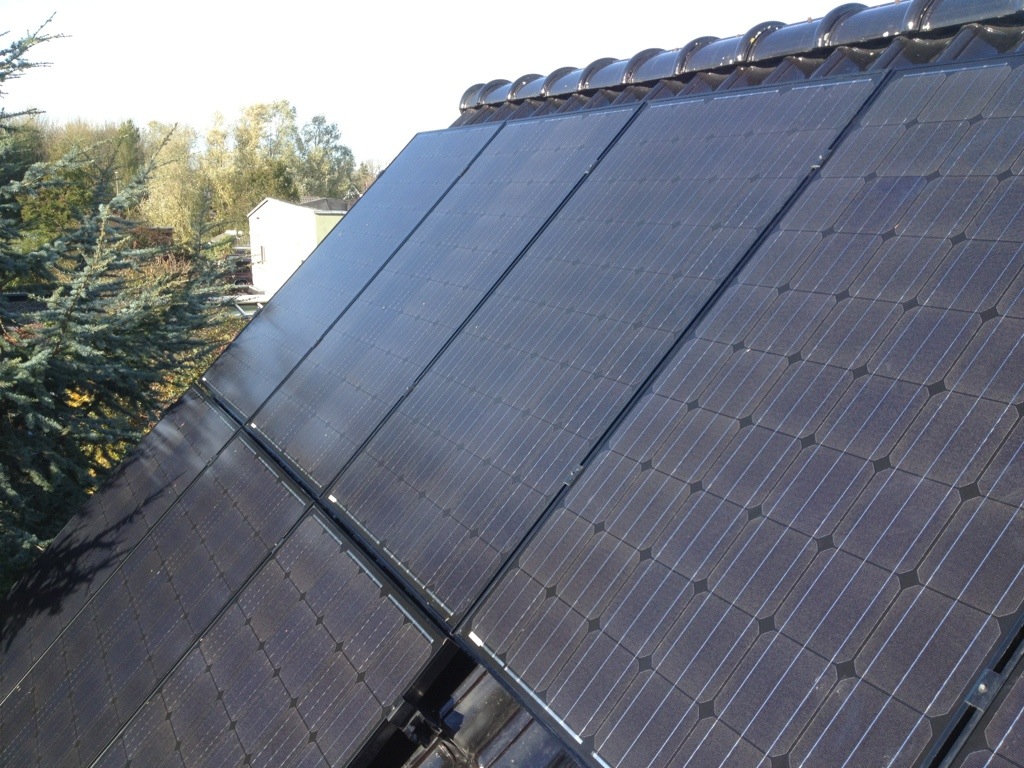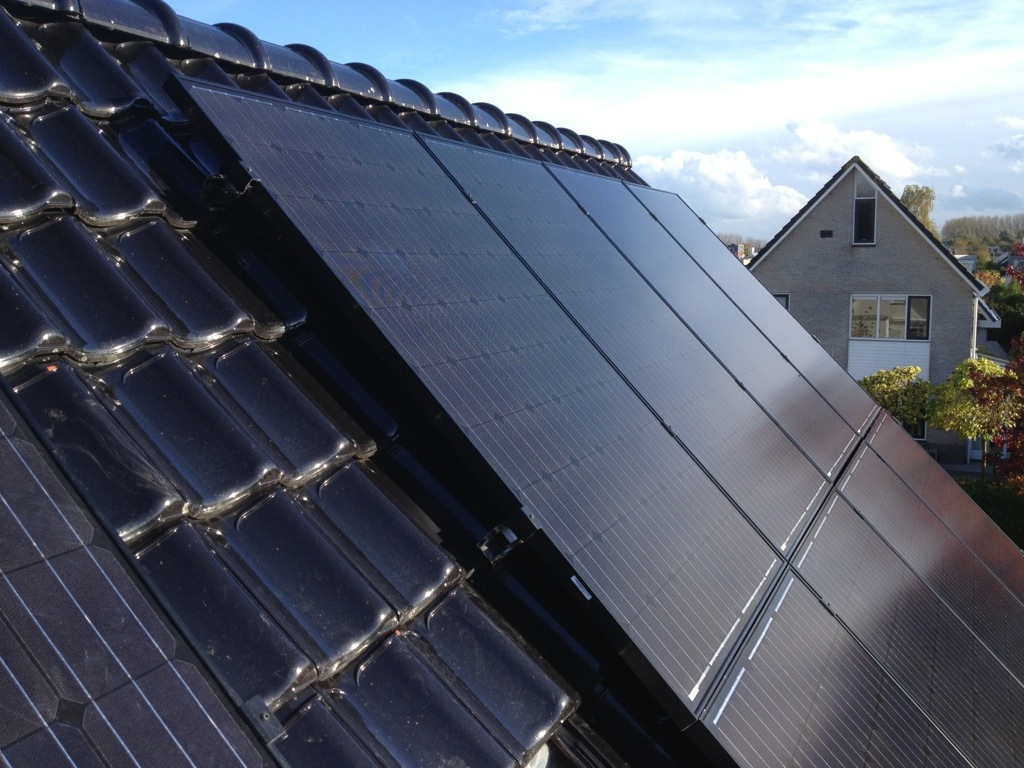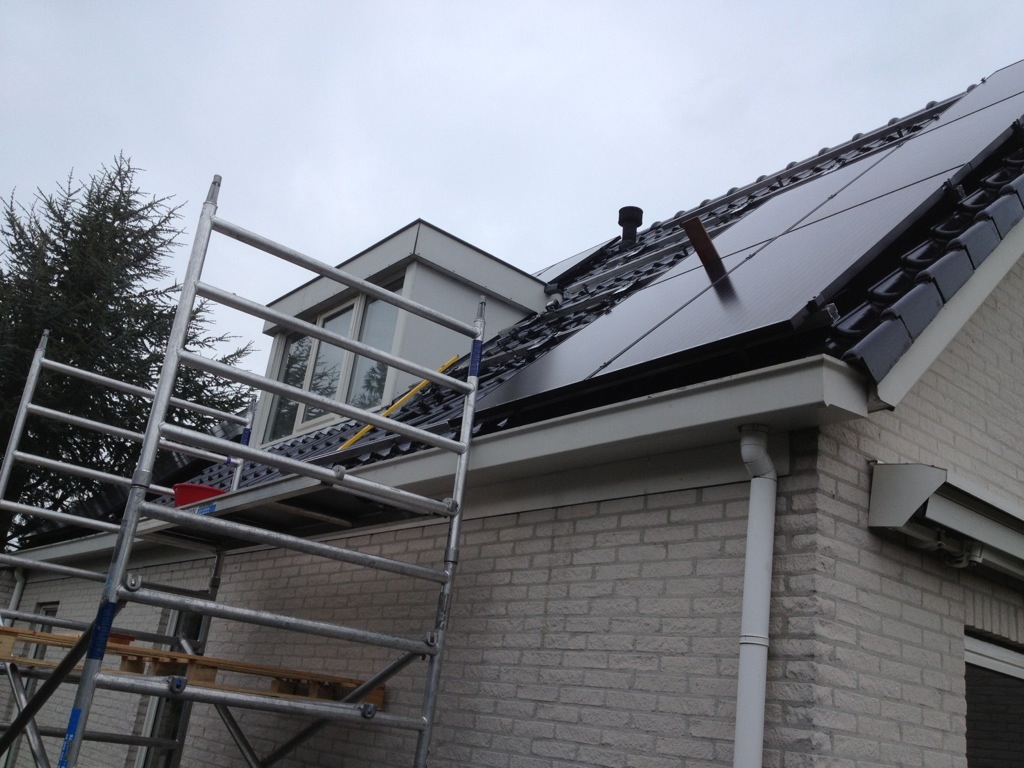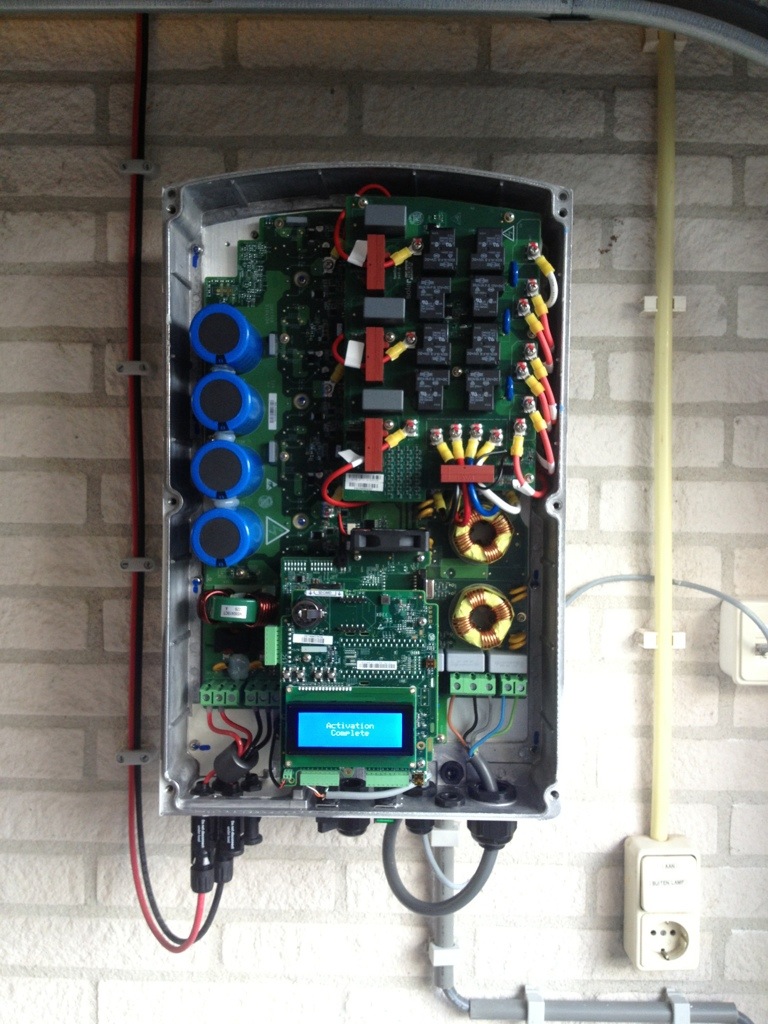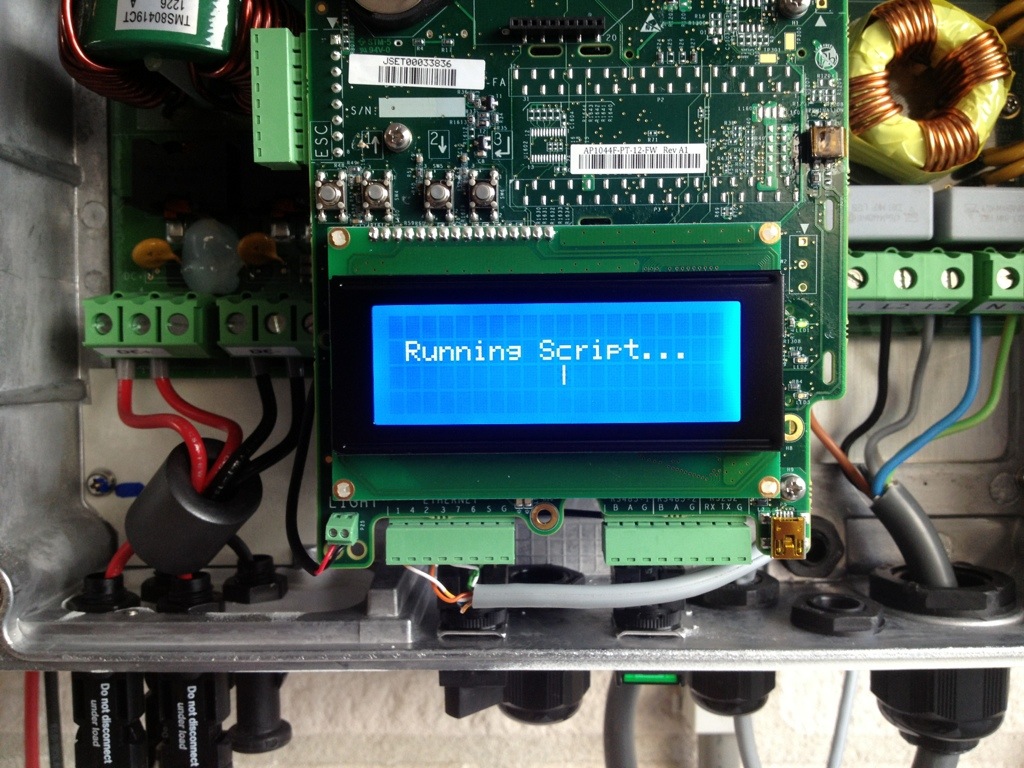After experiencing problems with my Boosted Board Stealth motor, I wanted to know everything about the motor. There is some spacing between the shaft en the housing of the motor. In this video I explain what is causing this problem and how I repaired the motor.
These are the dimensions of the new shaft I made:
After searching the web there is not much information available about the original motor. This is what I found out myself.
 |
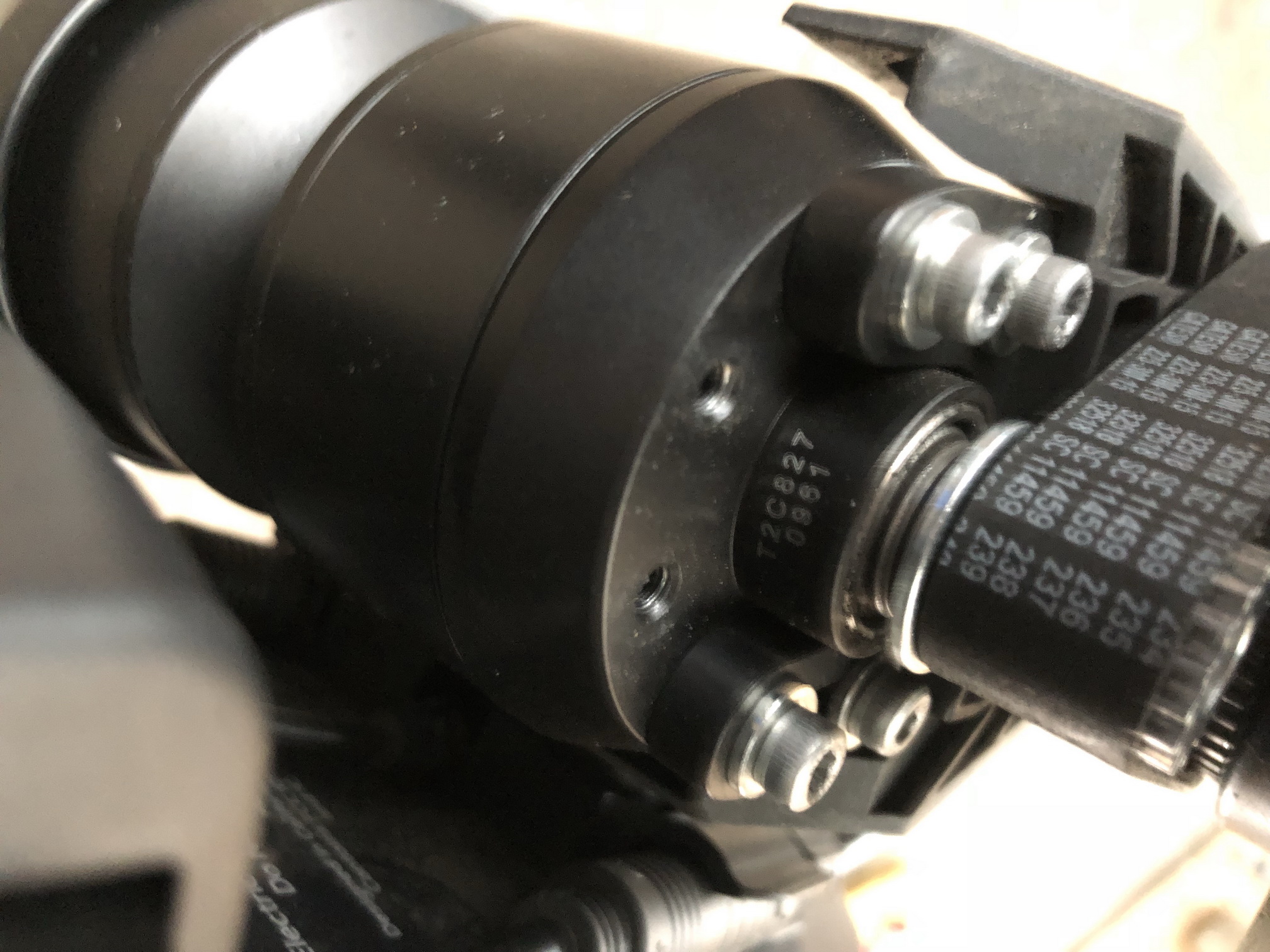 |
The connector of the motor is is of the type: Z910. The Z910 plug is a popular one to find in lower power hub motors systems. It has 3 phase wire terminals good for about 30-40 amps of max current, the 5 hall sensor wires, and a 6th wire that is normally used as a wheel speed sensor in geared motors, or as a motor temperature sensor. Usually this is just called a “9 pin motor” or “waterproof motor” plug, which isn’t all that precise.
The original outside bearing is a NMB R-1980-KK with a dimension 8x19x6 mm.
The inside bearing is a NMB L-1680Kwith a dimension of 8x16x5 mm.
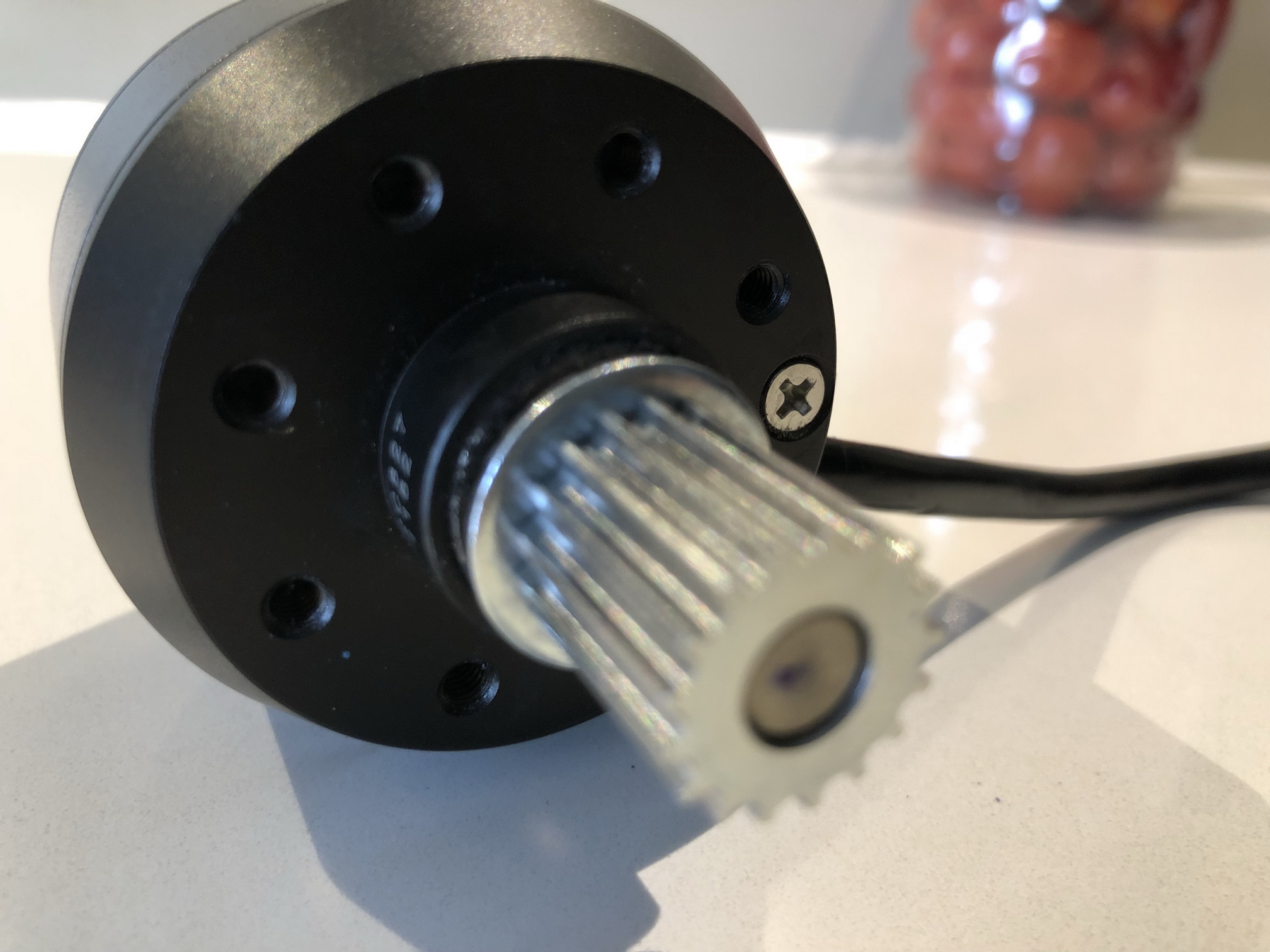 |
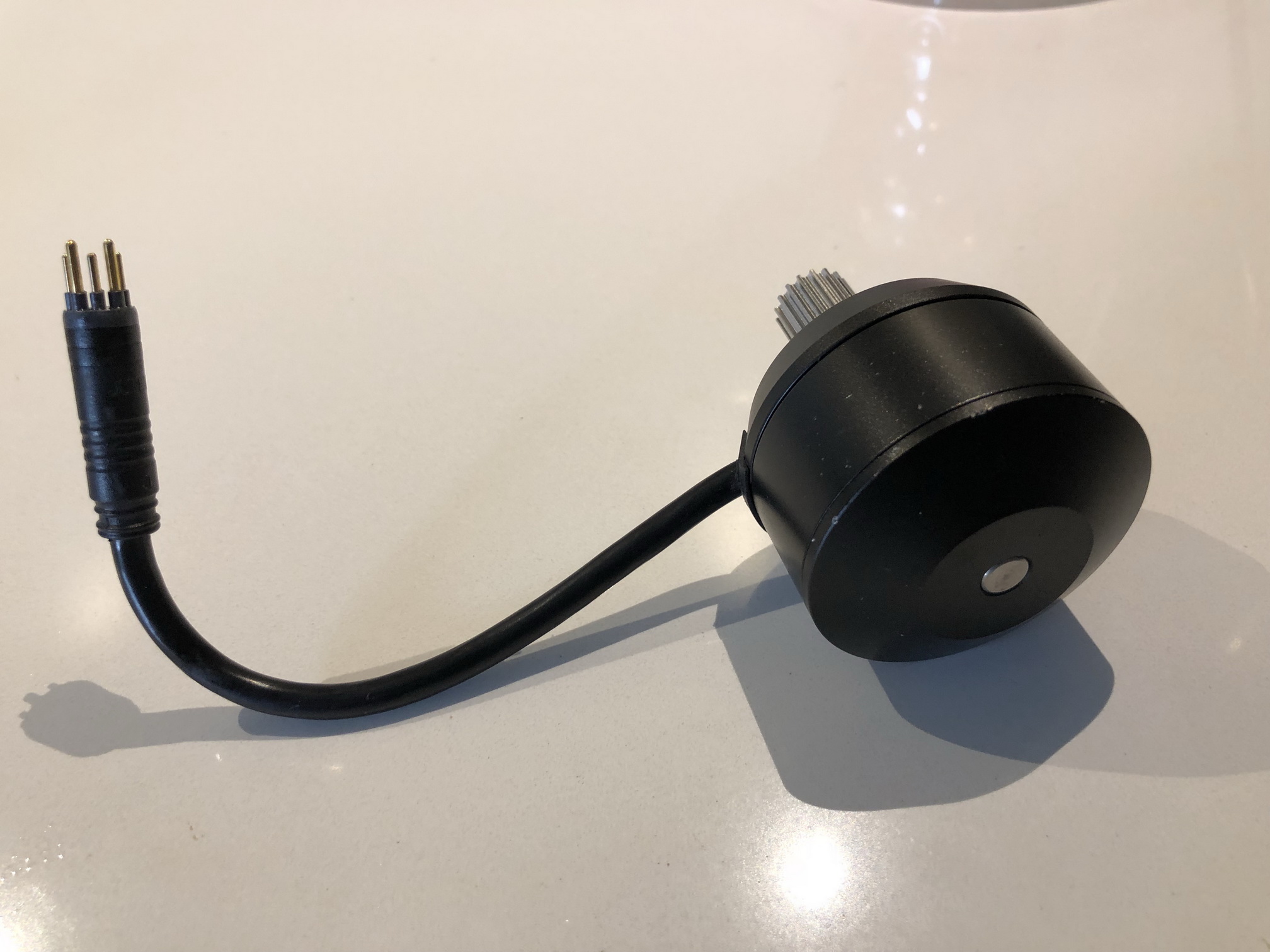 |
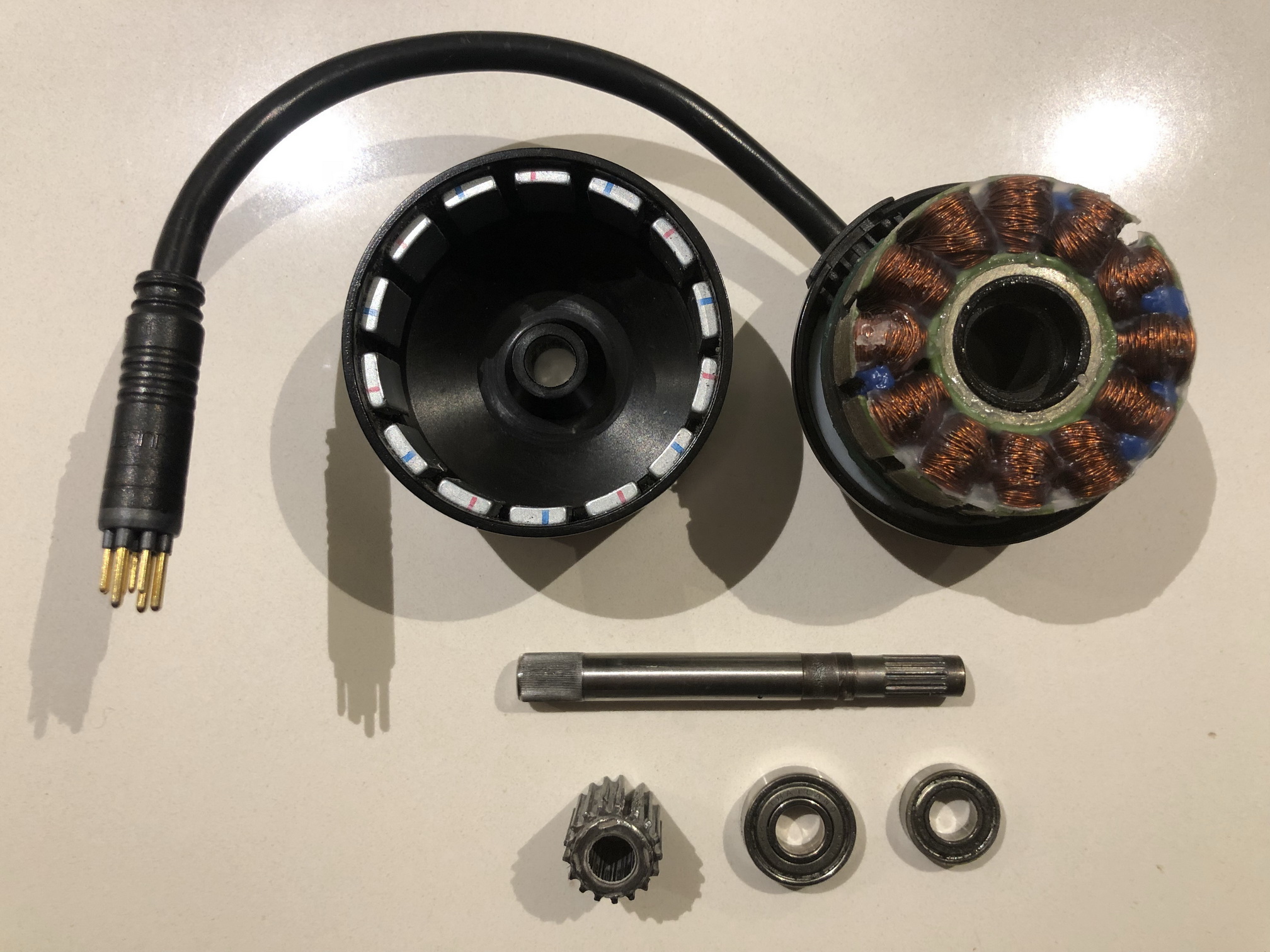 |
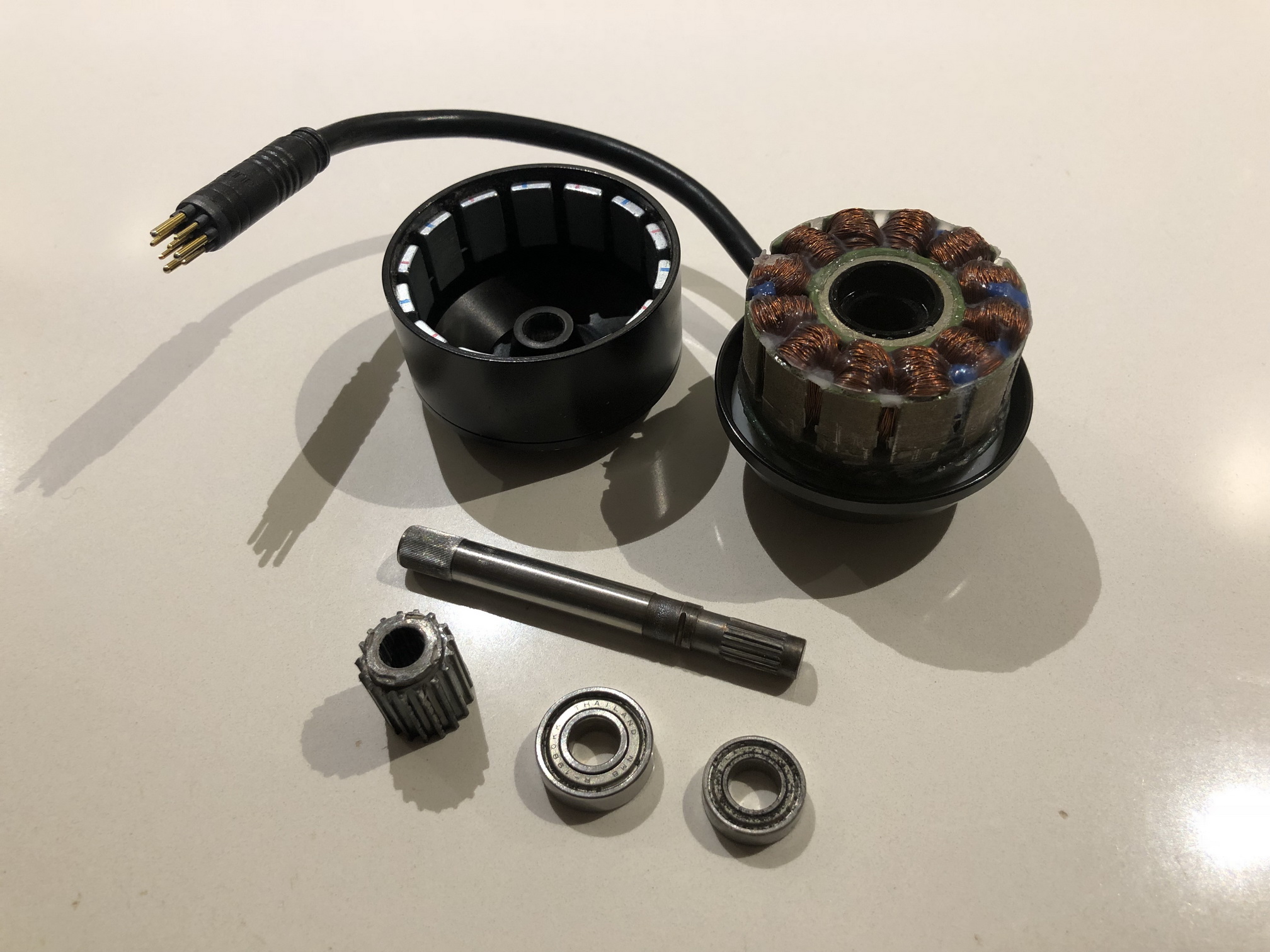 |
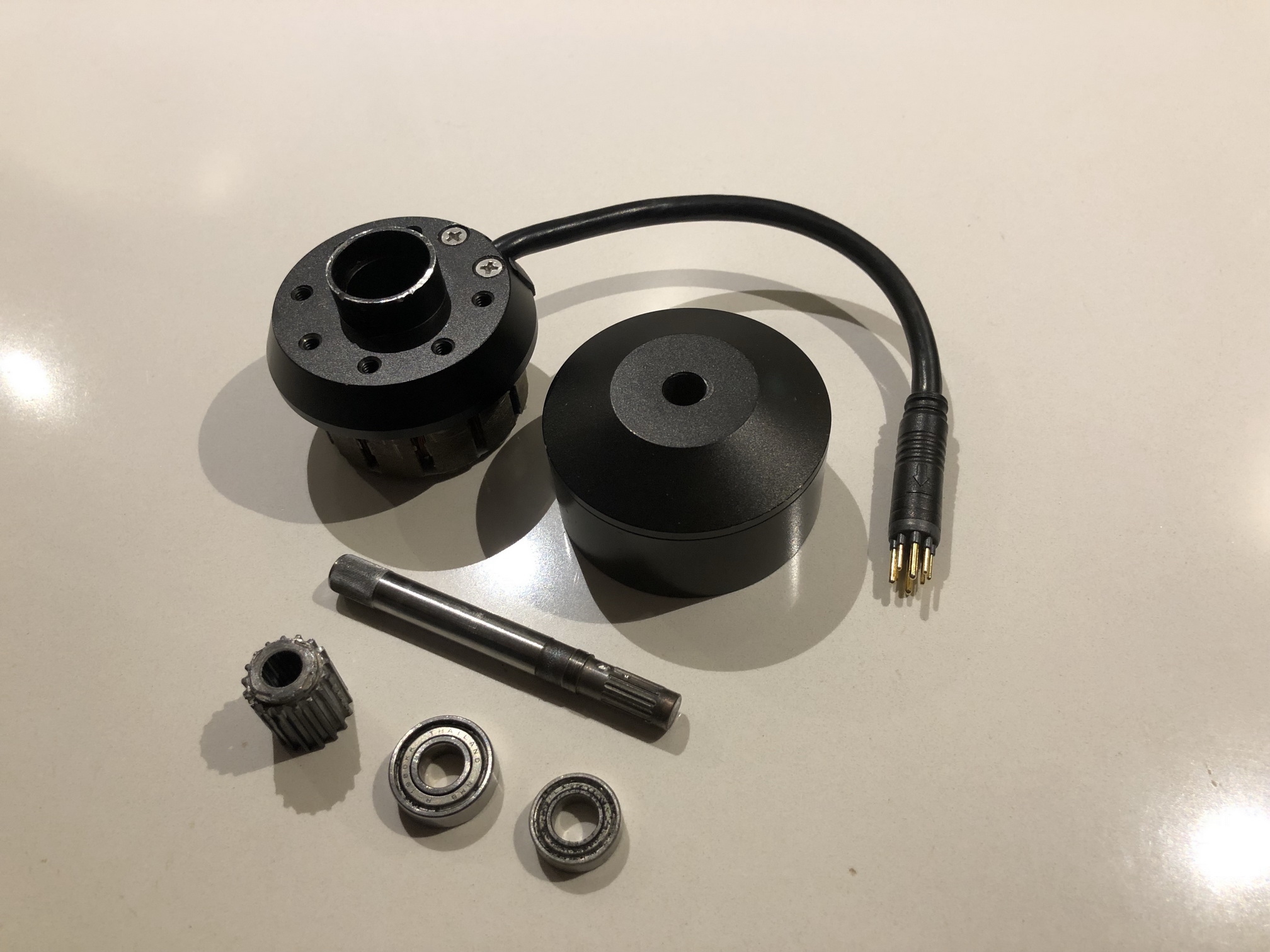 |
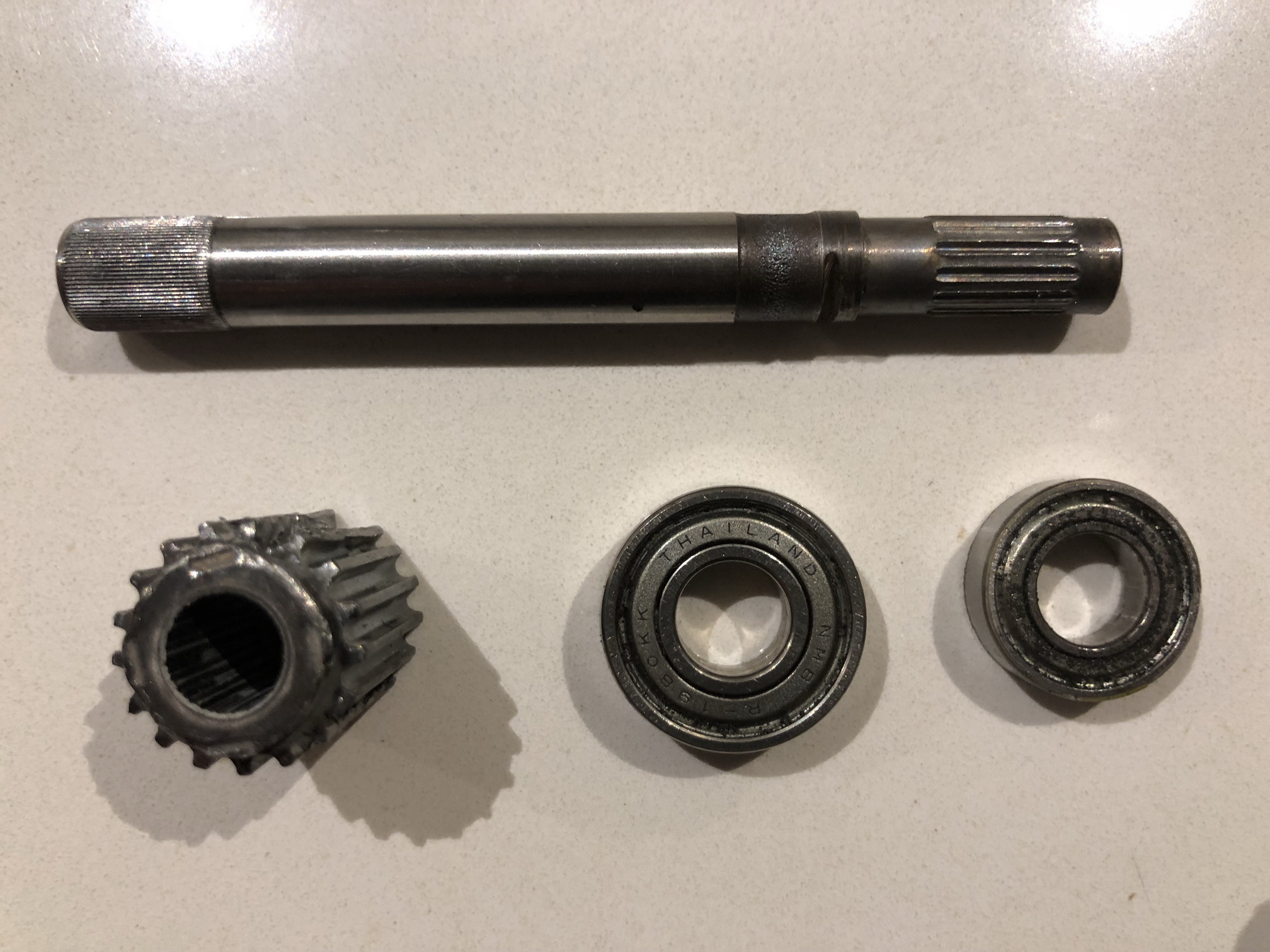 |


